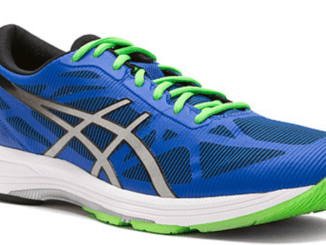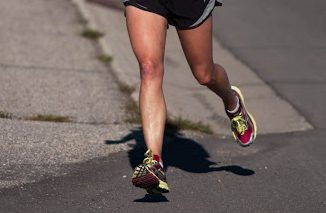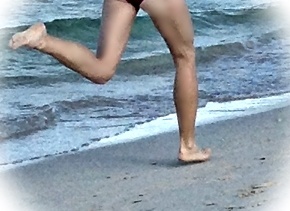
Do Cushioned Running Shoes Prevent Injuries? NO!
Sadly, cushioned running shoes do not prevent injury because according to extensive research cushioned running shoes dramatically alter joint mechanics (i.e. causing heel striking, over-striding and over-pronation) that accounts for all the impacts that cause injuries, especially servere injury, such as long bone and chronic muscle injuries. Conversly, running barefoot or in minimalist shoes enhances neuromuscular programming of a more controlled forefoot strike, while pushing the rest of your stride mechanics in a more functional direction, making you far less prone to all injuries.




